I’m not okay, and it’s okay.
What is Emo Music? If you think it’s a musical trend from several decades ago, you’re totally wrong! Because of tiktok and the current retro trend, emo music is making a comeback! Don’t worry, we’ll tell you everything you need to know about emo music in this article, don’t miss it.
1. Brief overview of Emo Music
Emo /ˈiːmoʊ/ is a music genre characterized by emotional, often confessional lyrics. It emerged as a style of hardcore punk and post-hardcore from the mid-1980s Washington, D.C. hardcore scene, where it was known as emotional hardcore or emocore. The bands Rites of Spring and Embrace, among others, pioneered the genre. (wiki)
2. History of Emo Music
Originating in the mid-1980s as an offshoot of the hardcore punk movement in Washington, D.C., early emo was characterized by an emotional depth that diverged from hardcore’s aggressive intensity. Bands such as Rites of Spring and Embrace are considered pioneers, introducing introspective lyrics and a more personal connection to their music.
Entering the 1990s, the genre began to diversify and spread geographically. The term “emo” expanded to include a range of styles and bands. The period saw the emergence of second-wave emo bands like Sunny Day Real Estate and Jawbreaker, blending intricate melodies with confessional lyrics. This era contributed significantly to the genre’s underground success and laid the groundwork for its mainstream breakthrough.

By the turn of the millennium, emo music experienced a significant transformation, achieving widespread commercial success. Bands like My Chemical Romance, Fall Out Boy, and Jimmy Eat World popularized a more accessible, polished sound, blending emo with pop-punk and alternative rock. This era marked the peak of emo’s mainstream popularity, characterized by major media coverage, successful world tours, and significant album sales.
However, by the late 2000s, the mainstream enthusiasm for emo began to wane. Criticisms over the genre’s perceived emotional indulgence and the commodification of its aesthetic led to a decline in its popularity. Despite this, emo did not disappear; it continued to evolve and inspire new generations. The 2010s saw a revitalization of emo, with bands like Modern Baseball and The World Is a Beautiful Place & I Am No Longer Afraid to Die, leading a wave of “emo revival”, characterized by a return to the genre’s indie and punk roots.
3. Characteristics of Emo Music
Emo music, characterized by its emotional intensity, has distinct features that set it apart from other genres. Here are some core characteristics:
Musical features: Emo music has rich emotional expression. It combines introspective lyrics, melodic instrumentation shifting from gentle to intense, and vocal delivery ranging from whispery to screaming. All these are within songs that embrace unconventional structures to mirror the emotional ebbs and flows of the genre.
DIY Ethic and Community: Emo has strong roots in the DIY (do-it-yourself) ethic, with many bands forming through local scenes and small, independent labels. This community-oriented aspect highlights authenticity and emotional support among fans and musicians alike.
Visual Aesthetics: While not a musical characteristic, emo is also associated with specific fashion and visual emo aesthetics. This can include distinct hairstyles (like the “emo fringe”), clothing, and accessories that complement the emotional and expressive nature of the music.
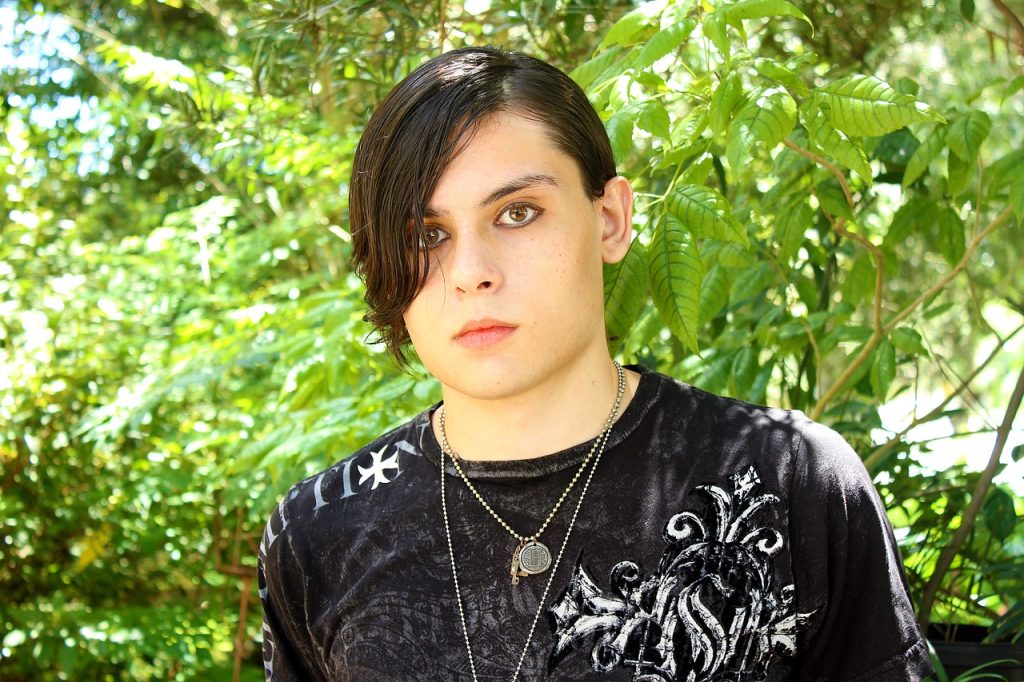
4. Subgenres of Emo Music
Emo-Pop: Emo-pop blends the introspective lyrics and sensitivity of emo music with pop music’s catchy melodies and choruses. Bands like Fall Out Boy and Panic! At The Disco exemplify this subgenre by combining radio-friendly hooks with deeply personal themes.
Screamo: Screamo intensifies emo’s emotional expression with hardcore punk’s aggression, featuring screamed vocals and dynamic shifts in tempo and intensity. Bands like Thursday and Saetia showcase this blending of raw emotion with explosive musicality, often dealing with pain and catharsis.
Emoviolence: A niche fusion of screamo and powerviolence, emoviolence ramps up the intensity with extremely chaotic and aggressive music coupled with emotional and personal lyrical content. Bands like Orchid and Pg. 99 are known for their raw, frenetic energy and deeply cathartic performances.
5. Emo Culture and Community

Emo culture and community extend beyond just the music. It constitutes a vibrant and supportive network that shares a deep connection to the emotional and expressive aspects. At its core, the emo community is characterized by a profound sense of belonging and understanding. Fans and artists alike embrace vulnerability, authenticity, and emotional expression. This connection often shows in the form of live shows and concerts. These are seen as pivotal spaces for communal experience and expression. They allow fans to collectively experience the music that deeply speaks to their personal experiences and emotions.
Additionally, the emo community has a significant online presence, where forums, social media platforms, and music-sharing websites serve as critical spaces for fans to discover music, share their experiences, and connect with others who share their sensibilities.
Moreover, the community has faced its share of criticisms and controversies, particularly around misconceptions regarding its emotional depth and the stereotype of emo being linked to negative behaviors. Despite these challenges, the emo community continues to thrive, emphasizing the positive aspects of emotional expression and the support network it provides.
6. The Influence of Emo Music
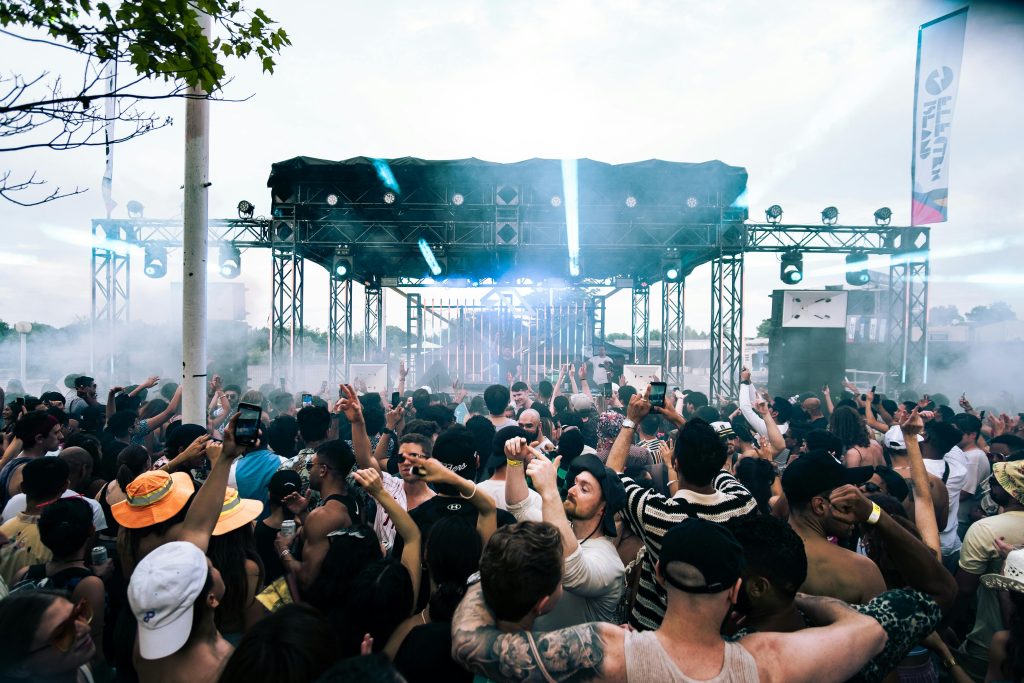
The influence of emo music has been far-reaching, significantly shaping both the musical landscape and wider pop culture. Its emotional authenticity and introspective lyrics resonated deeply. This paved the way for emo music bands in the early 2000s, such as My Chemical Romance and Fall Out Boy, to achieve mainstream success. This mainstream breakthrough made emo aesthetics and sensibilities infiltrate fashion, language, and the broader youth culture. It marked the genre as a distinct cultural movement.
Beyond its immediate scene, emo music has left a lasting mark on various music genres. Elements of emo, from its confessional lyricism to its dynamic composition, have influenced artists in pop-punk, indie rock, and mainstream pop, fostering a broader acceptance of vulnerability and emotional depth in music. Numerous artists across these genres have acknowledged the impact of emo on their work, highlighting its enduring legacy.
Additionally, the genre has experienced a revival in recent years, with new bands drawing on emo’s emotional intensity and community spirit to create music that speaks to contemporary experiences while echoing the genre’s roots. This “emo revival” underscores the genre’s continued relevance, showcasing its ability to evolve and resonate with new generations. Through its ongoing influence on music, fashion, memes, and fan communities, emo music has solidified its role as a significant and enduring cultural force.
Finally, if you want to read more articles about emo music, read here.
Alicia
Alicia is a passionate writer with degrees in English and American Literature. Her journey through the worlds of fashion, culture and design is as fascinating as her literary pursuits. Beyond literature, Alicia is equally an optimist who loves life. Whether it's photography, knitting, pottery, or yoga, she's willing to try it all. Beyond trends and labels, she advocate for sustainability and ethical fashion practices. She believe in the power of conscious consumerism, and she strives to highlight brands that prioritize environmental responsibility and social impact.
Recent Posts
Your Goth Christmas Style Guide
11/25/2025Cybergoth Aesthetic
11/11/2025Categories
Related Articles
Acubi Fashion: The Ultimate Guide to the Minimalist Edgy Look
In the fast-moving world of digital trends, fashion cycles seem to refresh...
ByAlicia12/25/2025Moss & Misdemeanor: Fairy Grunge Style and Outfits
The fashion world constantly mixes ideas to create new, unique looks. The...
ByAlicia11/18/2025Cybergoth Aesthetic
The alternative landscape is constantly evolving, but few aesthetics hit as hard...
ByAlicia11/11/2025Clean Goth vs. Trad: Mastering the New Minimalist Style
The world of alternative fashion is always changing, and a new look...
ByAlicia10/21/2025








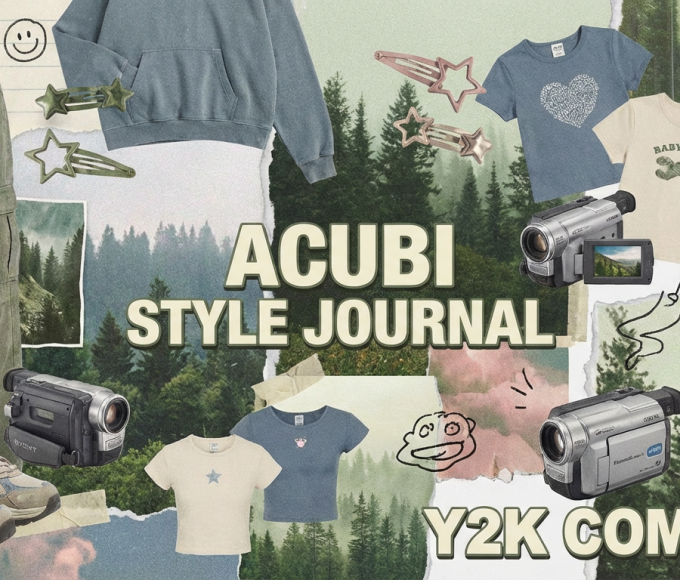

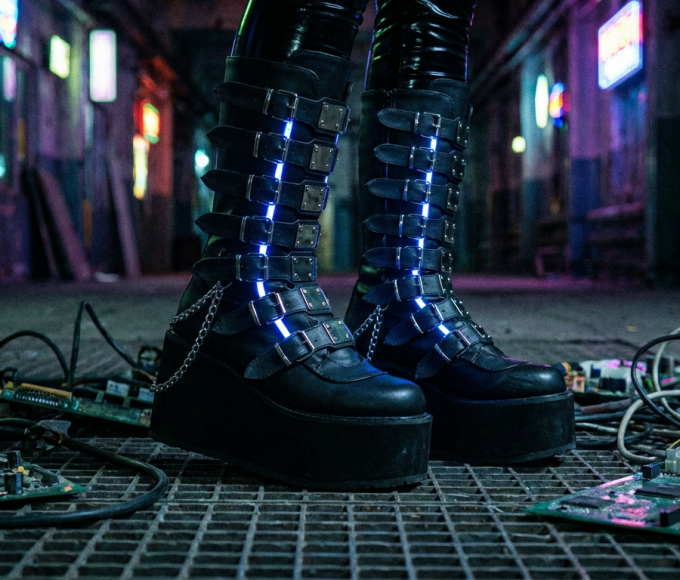
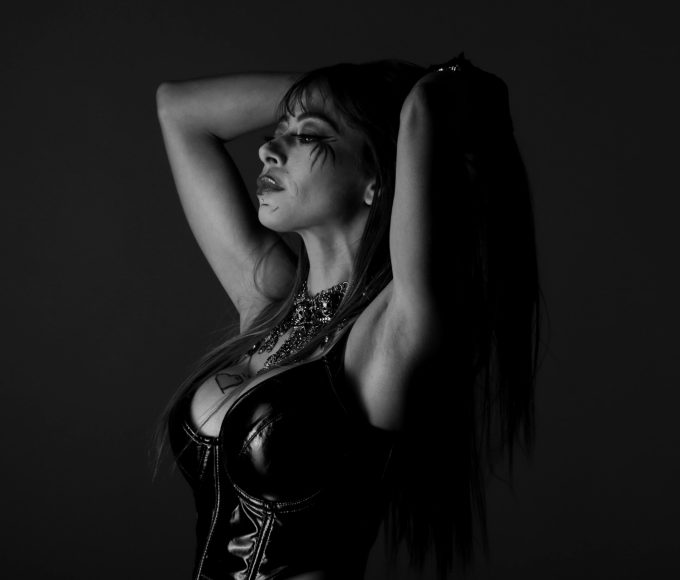
Leave a comment